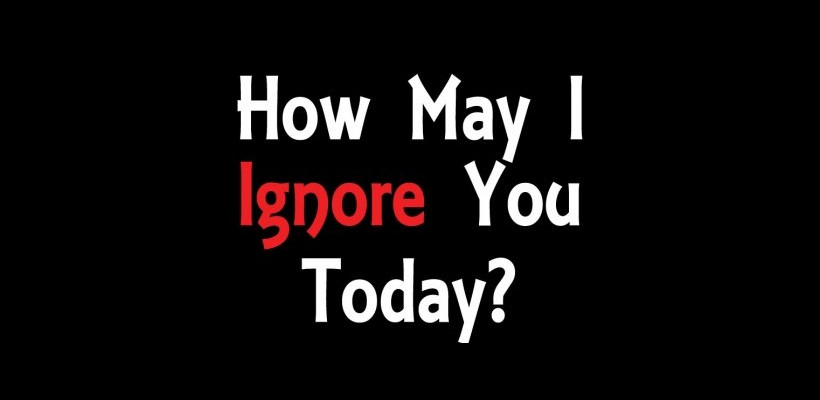Internal communication assessments (or audits) reveal some interesting stats about how well a company communicates to what I believe is its most important audience, its employees.
What I’m finding more and more are companies and communicators who measure success through output (the number of messages sent) versus outcome (the impact of the communication). Many tend to think that if we’ve taken the time to communicate, we’ve done our job and pat ourselves on the back. What they don’t realize is that they are often doing the exact opposite of what they’ve intended. They are teaching their audience to ignore them versus listen and respond.
Here is what I’ve been seeing:
One size fits all
Companies are communicating to everyone, with the same messages, all at once. Imagine being a recipient of information. Imagine that 75% of what you see from a particular source is not relevant to you. What do you do? If it’s an email, you delete it before reading it or you simply ignore it. As a communicator, don’t be surprised when you send that one message that truly matters and no one is listening. Identify your stakeholders, target your messages, and create a plan that is measured through outcomes.
Competing with ourselves
Some of the companies I have worked for, and consulted with, spend more time and energy competing internally in silos than competing with their competitors. What impact does that have on business when everyone is creating more noise in the hopes that their message stands out from the crowd. From an employee perspective, this fills email boxes and impacts efficiency. Collaboration is key. Understand what the priorities are from a business perspective and create an editorial and communication calendar to manage the noise.
The right hand doesn’t know what the left hand is doing
Whether it’s a company’s words versus leadership actions, or initiatives that seem to give employees the opposite messages, our credibility is at stake. As a company and a brand, consistency is imperative. It creates trust. It supports values. It leads to behaviours that tell the true story of who we are and what we stand for as an organization. As a communicator, I always ask my integration question. What else is going on in our organization that could help or hinder our program or communication success? Being aware of what else is going on will help you create a proactive plan. Creating connections is also a big opportunity like creating values-based recognition or creating ties with a company’s mission or strategy. One program can actually support and reinforce the other, leading to even more success.
Remember, it’s one thing to say you’ve communicated and check a box and another to ensure every communication matters. Don’t teach your employees to ignore you.
If you found this post helpful, you’ll also enjoy our newsletter. It’s a monthly collection of ideas, resources, and inspiration for those passionate about enabling, engaging and empowering employees through strategic internal communication.



